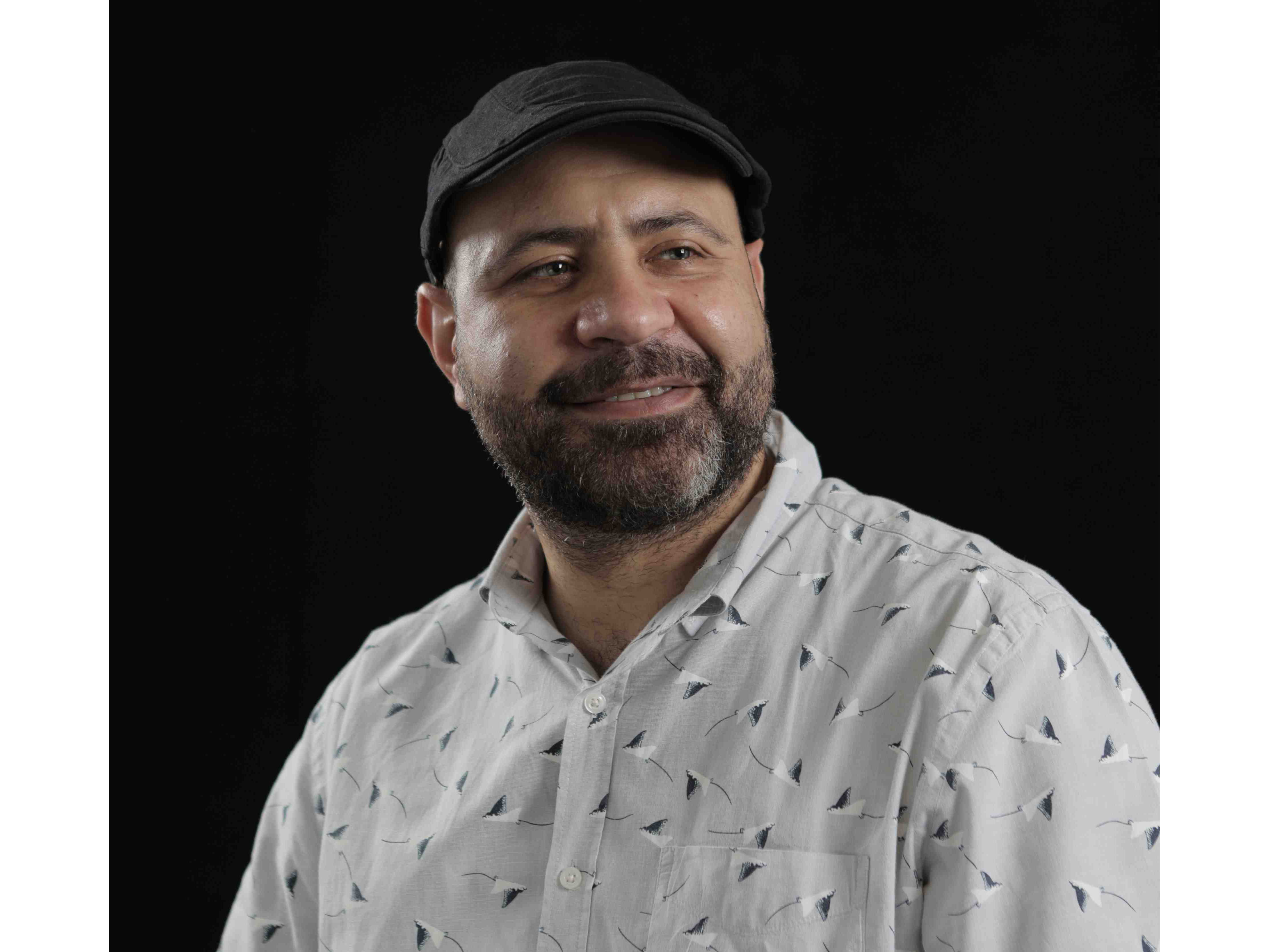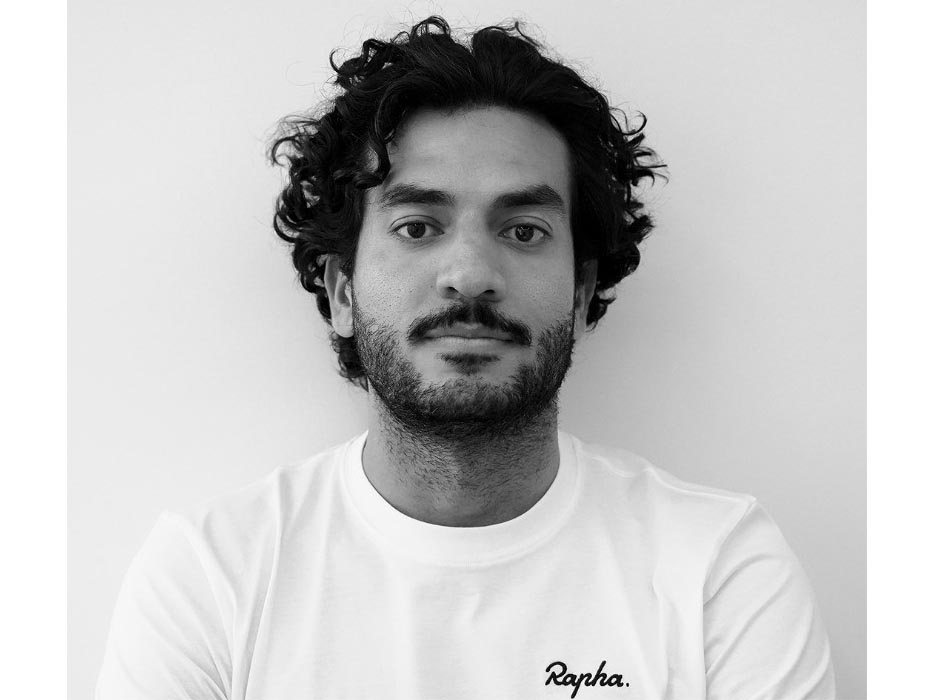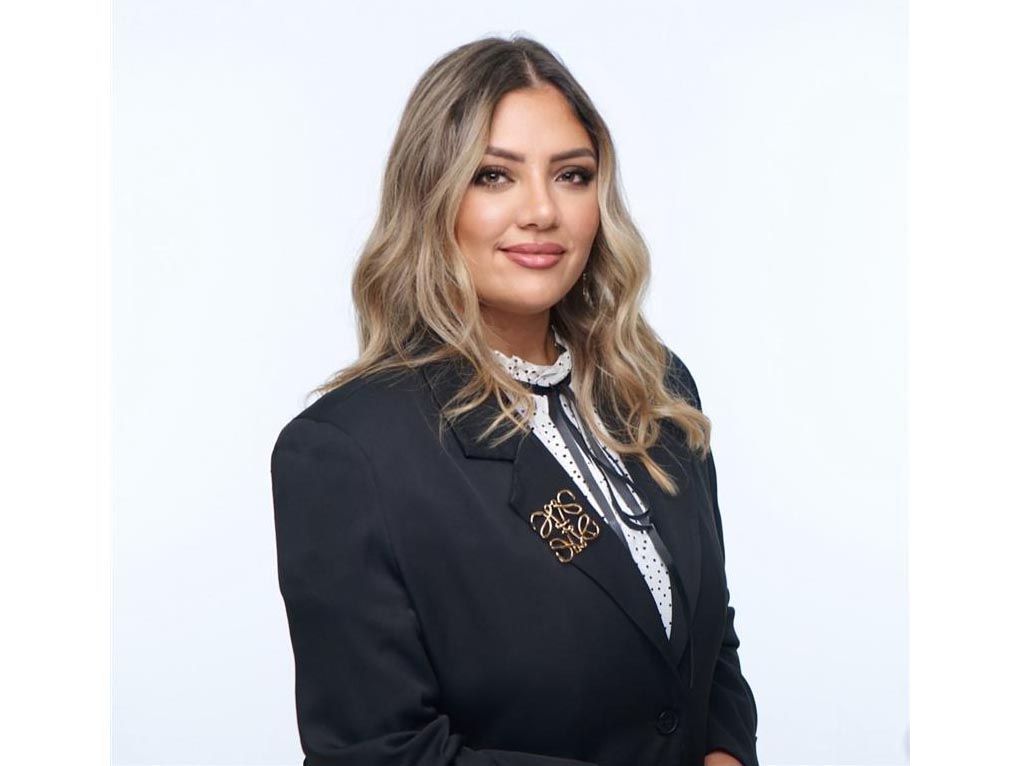Industry Talk - Free Talk
The Handbook of Arabic Copywriting: On The Myth of ‘White Arabic'
by Rani Amayri
November 10, 2022
"What’s the intended dialect?” is probably the first question asked by Arabic copywriters when they get new briefs.
The answer to this question is mostly vague and unclear. Most teams will take the easy way out and chose ‘White Arabic’, a term that has become the equivalent of the standardisation of the Arabic language that most Arabic speakers can understand.
There is a different dialect for each Arab country, and in some big countries like Saudi Arabia, there are sometimes two or more dialects. So, in the real world there is nothing called ‘White Arabic’. It is just an attempt from the industry to address all nationalities in one piece of communication.
Using ‘White Arabic’ or a neutral Arabic could only work when we have a short line, and if we get lucky by finding a common phrase that works across all Arab countries. But the challenge for any Arabic copywriter lies in writing neutral scripts, captions, and longer communications which can be addressed to many markets at the same time.
Back in the days of conventional media, we relied on hero dialects to represent each region. For example, Lebanese for Levant countries, Egyptian to cover North Africa and Saudi to represent the Gulf region. We also used to segregate the brands and products based on these 3 dialects. For instance, Egyptian was used for humorous brands, Lebanese for beauty and cosmetics, and Saudi for luxurious brands.
But with everything changing rapidly today, including shifting to social media and collaborations with influencers, it is critical to find a smarter way to write our communications in Arabic. This starts with not accepting ‘White Arabic’ as an answer. It calls for a real collaboration between Arabic creatives, planners, brand teams and clients to decide the right market, and hence the right dialect. We can also use the geo-tagging feature to develop relevant dialects and content accordingly.
But what if we still need to address everyone, which is often a demand made by marketing teams to reach wider audiences and multicultural countries like in the GCC region?
In this case, we can use what we call ‘Hybrid Classical Arabic’, which is a very mild version of Classical Arabic. It adheres to basic grammar with a touch of modernity and maybe few colloquial words in between. However, it’s essential for everyone to know that this version of Arabic can only work in some cases. For example, we cannot use conversations in classical Arabic for radio ads or films, because we don’t speak classical Arabic in our daily life.
I believe that there is always a way to write modern Arabic and make our communications accessible and understandable for everyone without sounding dated or rigid, and this starts with forgetting the term ‘White Arabic’ and using the wide spectrum of Arabic terminologies, dialects, tools, and expressions to consider each region.









